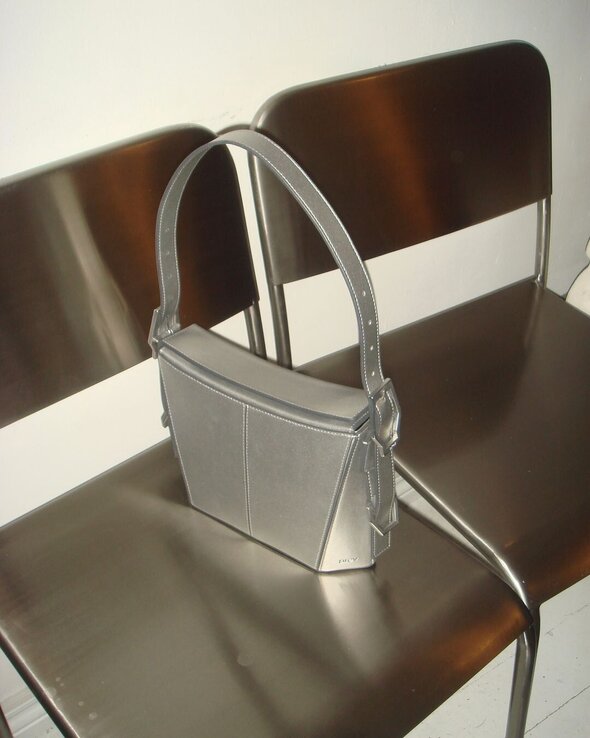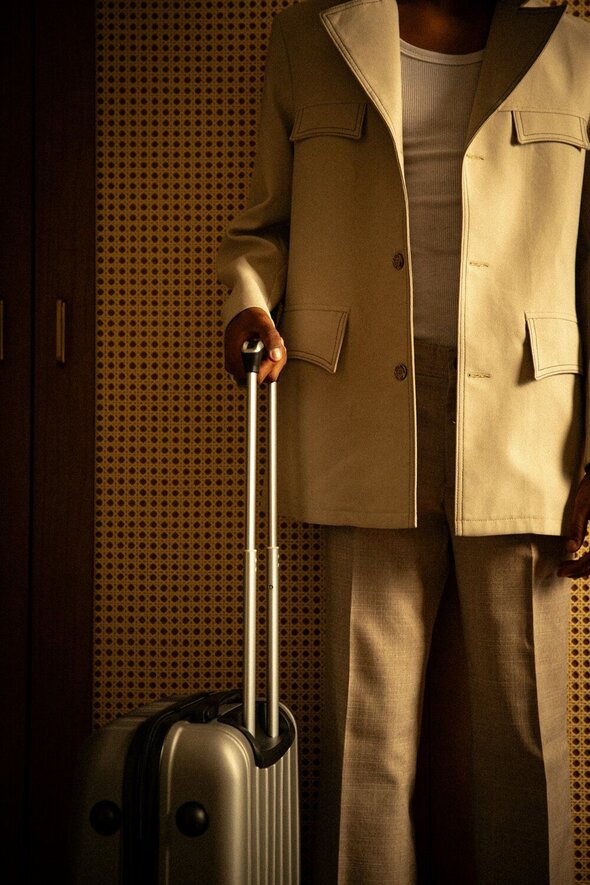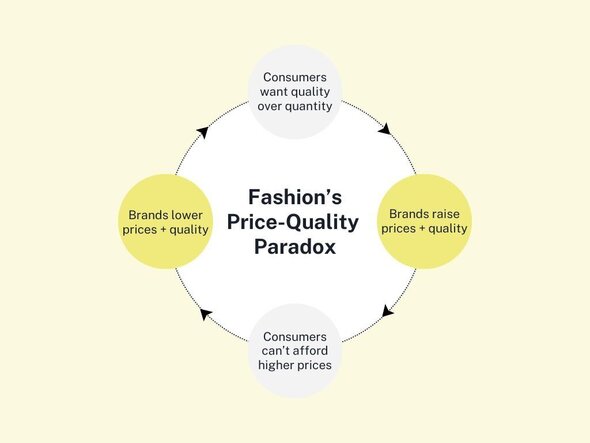Hey fashion, it’s time for a new look!
From the clean minimalism look of the Great Recession to the embrace of quiet luxury amid today’s cost of living crisis, history shows that in times of financial hardship, fashion often turns inward—opting for a more mindful (one might say demure) form of expression. Yet while, in theory, the ideals of quiet luxury: inconspicuous, expertly tailored and of the highest quality - would appear harmonious with a ‘buy less, but better’ mentality; the validity of claims that quiet luxury represents a mass shift in consumer mindsets towards conscious consumption remains dubious. When quiet luxury as a term began to peak in 2023, alongside trends such as de-influencing gaining popularity on TikTok, it appeared as though discussions on overconsumption were well and truly in the spotlight. With follow-up movements like underconsumption-core, further supporting the narrative that consumers want quality over quantity, one might be inclined to assume that demand for high-quality luxury is on the rise.
However, with the exception of a few fashion houses such as Brunello Cucinelli, Zegna, and Loro Piana, whose ‘stealth wealth’ appeal is a favourite among the top VIP earners, much of the luxury sector continues to be impacted by the harsh reality of a global spending slowdown. Consumers are buying less but are they necessarily buying better?
Words: Lydia Oyeniran
Photo credit: PREV on Veo
The speed and scale of clothing production has reduced quality over time. Compounded with economic factors causing significant increases in the cost of labour and materials; it is virtually impossible for prices to remain the same without cutting costs elsewhere. This typically results in cheaper construction methods and material blends and in worst cases, cuts to workers’ wages. The alternative? Increased prices that maintain quality, durability, and ethical integrity in the form of fair pay for garment workers.
Photo credit: Death to Stock
What’s more, a 2022 study by Hubbub and the School of Design at University of Leeds found minimal differences in durability performance between more expensive and lower-priced fashion products, challenging the notion that luxury goods are worth the greater investment due to superior quality and longevity.
Similar scepticism continues to plague fashion brands’ sustainability claims. So much so that early market research conducted here at CircKit revealed that both SMEs and larger fashion brands are increasingly resorting to greenhushing, that is, choosing not to report on their environmental impact progress to avoid criticism.
In cases where prices hikes coincide with more aesthetically understated styles but with little focus on craftsmanship and durability, ‘quiet luxury’ is reduced to yet another fleeting industry trend. With this, a crucial opportunity to truly bring quality back to the forefront of fashion is missed.
How do we solve the price-quality paradox?
Photo credit: Vogue
But if durable, high-quality, affordable fashion and less consumption are the ultimate goals for a circular fashion economy, how do we overcome this cycle, particularly during an economic downturn? In an ideal world, brands would just opt for the best quality materials and construction methods to ensure the highest quality, however, if supply chain demands require opting for cheaper production alternatives, there are other ways to reclaim costs, offer value, and justify higher prices.
Take Patrick McDowell and Coach; brands that champion circular practices in their construction using deadstock and recycled materials as well as offering extended warranties and complimentary repairs and reworking to instil customers with greater confidence in their wardrobe investments.
Legislation such as Extended Producer Responsibility and The Right To Repair directive adopted by the EU makes this an increasingly important strategy. This will require brands to repair a product at an affordable price and within a reasonable timeframe after the guarantee period, providing access to spare parts for consumers and offering incentives such as vouchers to support this option. M&S and John Lewis are among many retailers participating in the repair revolution, partnering with SOJO and Timpson Group respectively to offer repair services to their customers.
What remains clear is that brands will need to get creative about alternative ways to extend the value and use of fashion products to justify and validate high prices, with a commitment to balancing quality and affordability. CircKit is here to assist fashion brands of all sizes to improve their circular design and reporting practices - sign up, to find out how our circularity toolkit could benefit your business.
Further Reading:
High-End Fashion No More Durable Than Fast Fashion, Report Discovers by Brooke Roberts-Islam - Forbes
Your stuff is actually worse now by Izzie Ramirez - Vox
Is Chanel's 'Absolute Luxury' Push Working? by Robert Williams - Business of Fashion
As a Global Recession Looms, Quiet Luxury Returns by Chantal Fernandez - Business of Fashion
What the Quiet Luxury Trend Means for Sustainability by Sarah Kent - Business of Fashion
Right to repair: Making repair easier and more appealing to consumers - European Parliament



